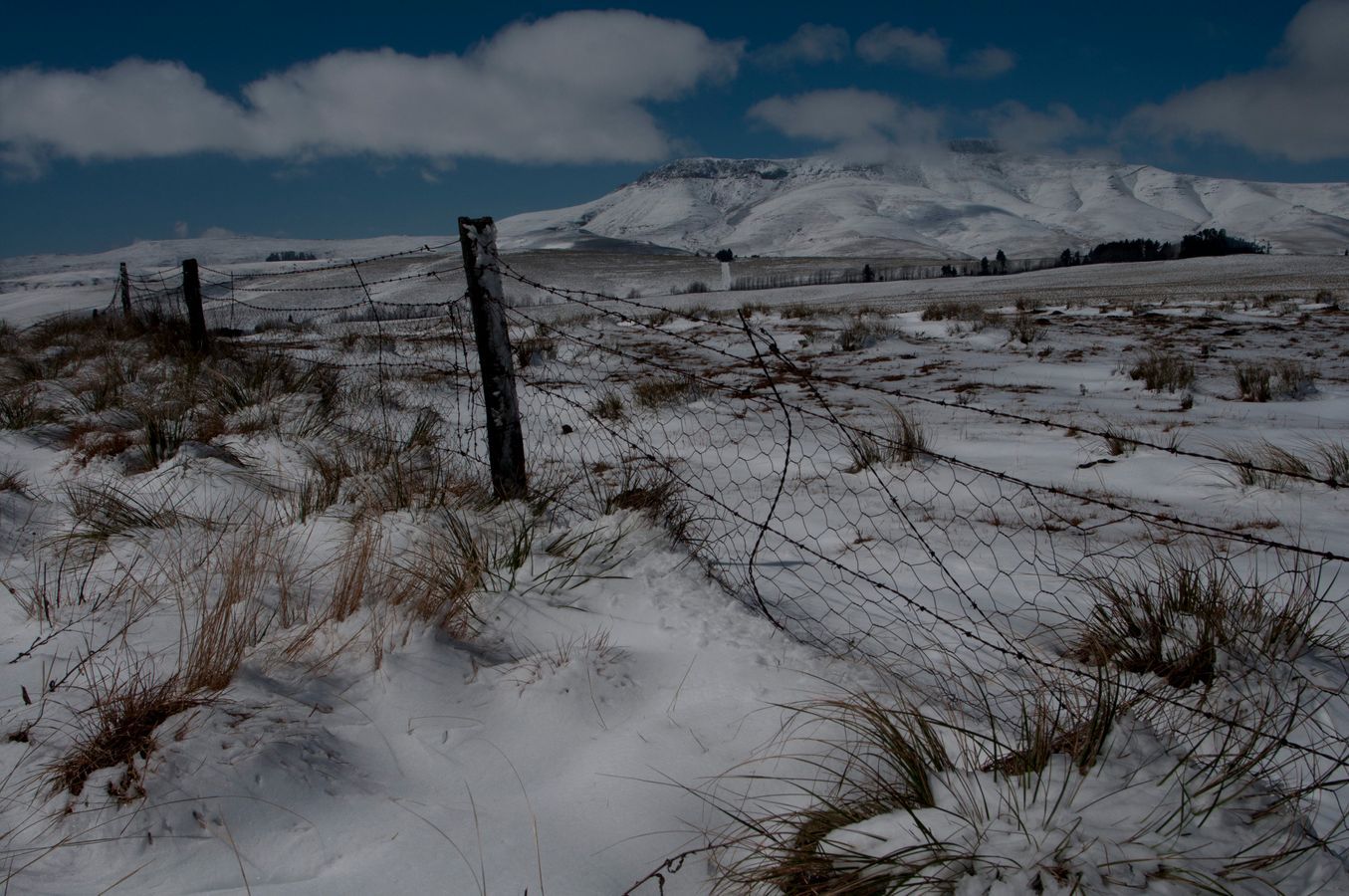On the plot we have two fairly large poplar groves. Jean’s tree app says it’s the grey poplar, and only occurs in its masculine version in South Africa. Like many other invaders it loves to nestle in water courses and generally makes a nuisance of itself. Poplars have a very extensive and shallow root systems which send up dozens of suckers all over the place. These spread like crazy and multiply into thickets that, if not managed properly, are dense and quite impenetrable. Poplars have their uses though. Although the wood has the propensity to split, if kept under cover, it makes for long-lasting timber that farmers in the area use for the sheep-sheds and other structures. In autumn the poplar groves give a spectacular show of rich autumn colours – the wood is also useful for heating, but not so much for braaing as the coals burn out rather rapidly. It is classified as a hardwood at the bottom end of the hardness spectrum. The poplar groves are very widespread in the Winterberg region, without much harvesting taking places. Albert from Tarkastad comes by regularly to harvest the bigger trees which he mills into cheap building lumber for the local market. He moves from grove to grove with his mobile sawmill and planks the felled trees into purlins on the spot. Why am I telling you all this – well, it is because all this inspired me to make constructive use of all this invading timber on our plot of land and build a bigger house that can accommodate friends and family. I thought, surely there must be a way of harvesting this timber to build a house at affordable costs……and so was sown the idea of building a log cabin in a sustainable way that makes use of unwanted and undesirable materials sourced on our plot. An added bonus to this idea was the environmental contribution this would make to our planet of eradicating invasive plants to restore the natural environment.
Thus, began a period of lots of dreaming, researching, reading, talking, sketching and designing.
